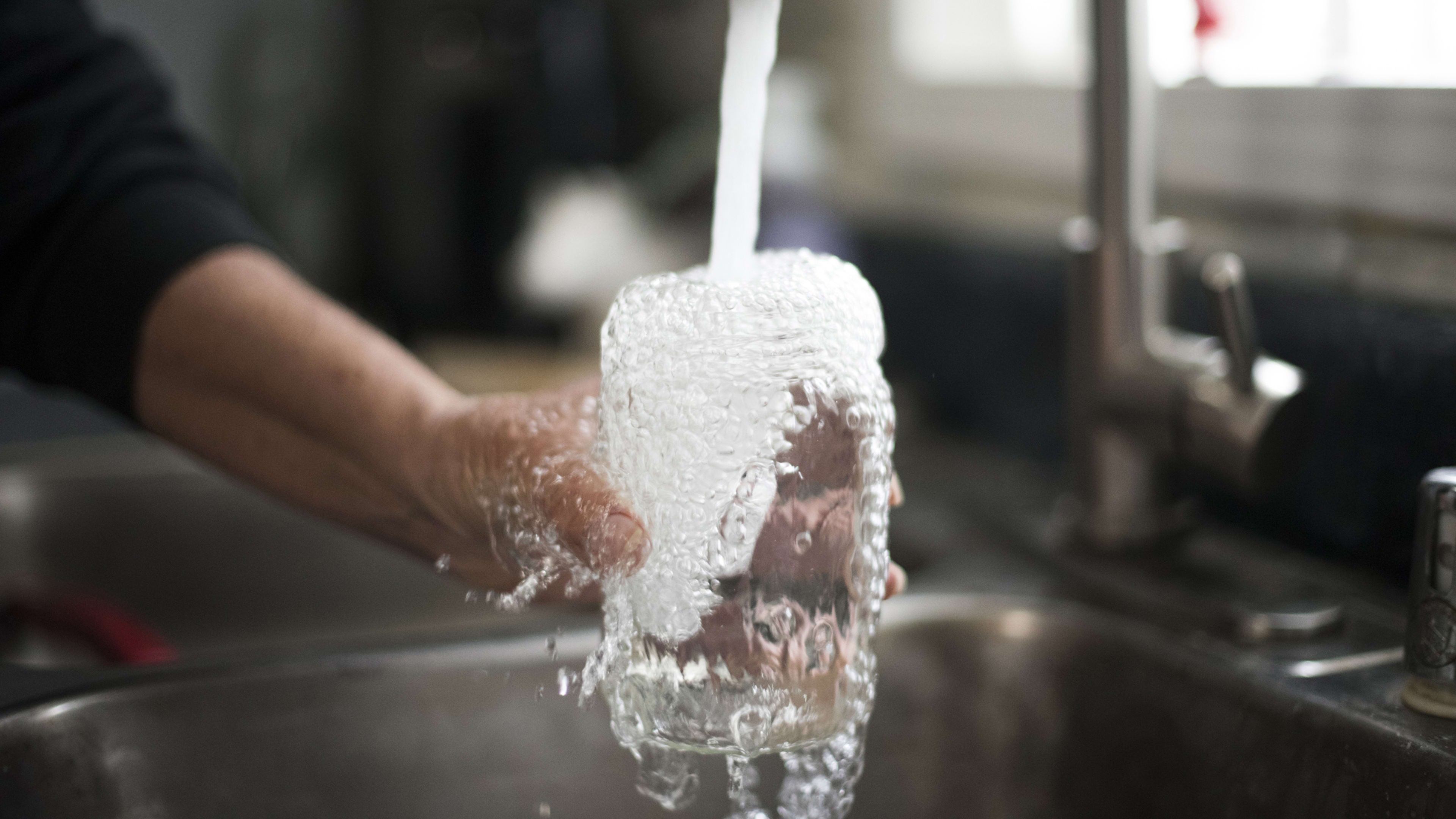Rosa Runyon and Shanna Yazzie know what it’s like for the people of Jackson, Mississippi. Six months after the city’s water system failed, residents continue having trouble finding safe drinking water. Both have lived a lifetime with water insecurity. Runyon, in West Virginia, had a makeshift and often failing piping system that ran from an abandoned coal mine to her home; Yazzie, in Arizona, has no indoor plumbing at all and has to haul water for all of her family’s needs.

They’re not alone. More than 46 million people in the U.S. live with water insecurity—either no running water or water that may be unsafe to drink. Experts say at least $18.4 billion is needed over the next 10 years to bring water security to more people, although the Environmental Protection Agency and American Water Works Association estimates it would cost close to fully $1 trillion to replace and repair the U.S.’ aging infrastructure.
People are likely familiar with the water crises in Jackson and Flint, Michigan. In the former, flooding last summer overwhelmed the main water plant, and nearly 200,000 residents woke up to a boil water advisory; reports showed that high levels of lead in the city’s drinking water were ignored for years. In the latter, toxic levels of lead in the water system—the result of aging, corroded pipes—sickened 100,000 residents and killed more than a dozen. But issues like this are happening all over the country in places like Tallulah, Louisiana; Grapeland, Texas; and parts of New Hampshire, Idaho, Kansas, Nevada, South Dakota, and Puerto Rico, where residents also don’t have safe running water—their stories simply haven’t made national headlines.
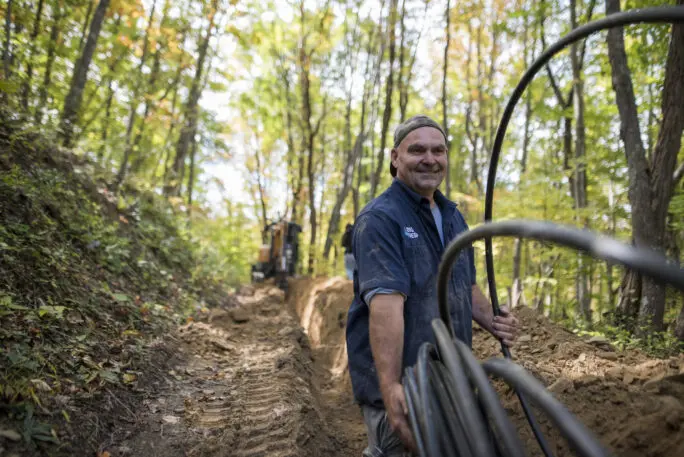
These public health crises are far too familiar to Runyon, 77, who lives in McDowell County, West Virginia, where two-thirds of the residents have been under a boil water advisory for 10 years, after the county’s 120-year-old water treatment system failed. Runyon herself wasn’t affected by the advisory because for 24 years, her water has come from thin, gravity-fed pipes hooked up to an abandoned mine that ran down the mountain to her home; more than a dozen neighbors got water the same way. The hoses, which required constant maintenance, couldn’t be buried and froze in the winter. “It was horrible because my husband, he barely could walk . . . but he had to climb up the hill and he’d take a small torch with him and heat up the pipe,” says Runyon. “He’d come in completely froze to death and soaking wet.”
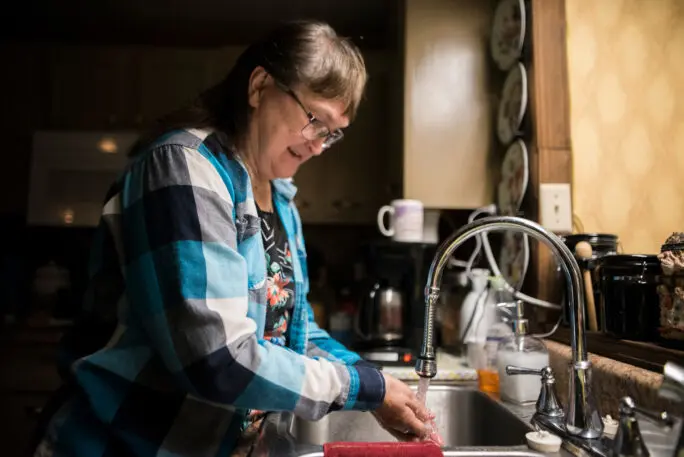
On the other side of the country, Yazzie, who lives on the Navajo Nation in Arizona, hasn’t had indoor plumbing or running water for most of her life. Growing up in the 1990s, her home also had no electricity. She’s spent a lifetime hauling water, which requires, “a lot of physical labor,” she says. “It requires logistics and planning to figure out when you’re going to get water, how you’re going to get water and where you’re going to get water.” It’s stressful, expensive, and incredibly time consuming.
Delving into the numbers
According to water accessibility nonprofit DigDeep, there are 2.2 million people in the U.S. without running water inside their homes—no sinks, bathtubs, or toilets.
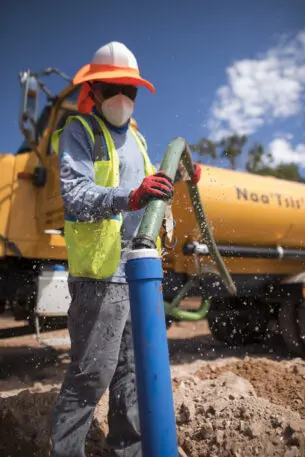
An additional 44 million Americans may have indoor plumbing, but their water systems have been in violation of the Safe Water Drinking Act. Another 43 million Americans who rely on well water are threatened by record droughts caused by climate change. One of the country’s two largest reservoirs, Lake Mead, fed by the Colorado River, is so low that soon it may not have enough water for the 40 million people in the Southwest who rely on it. In fact, in early January, the city of Scottsdale, Arizona, which gets water from the Colorado River, announced it was cutting off an entire region from the municipal water supply; now dry, the Rio Verde Foothills had received its water from this city system for decades.
DigDeep calls “the water gap” a “crisis” with an economic impact in the billions each year. Time lost at work or school hauling water: $846 million; physical health impacts: $762 million; water purchase costs: $291 million; mental health impacts: $218 million; and the GDP impact from lost productivity: $924 million. Per household, water insecurity costs $15,800 a year, a price tag that’s often more than the annual income.
But until the nonprofit started studying it, even the federal government didn’t understand the scope of the problem. “I took this information to federal agencies and asked, ‘Where’s this data? How do we figure out where these people are?’ says George McGraw, who founded DigDeep in 2012. “And that’s when we started to hear, ‘Oh, it doesn’t exist.'”
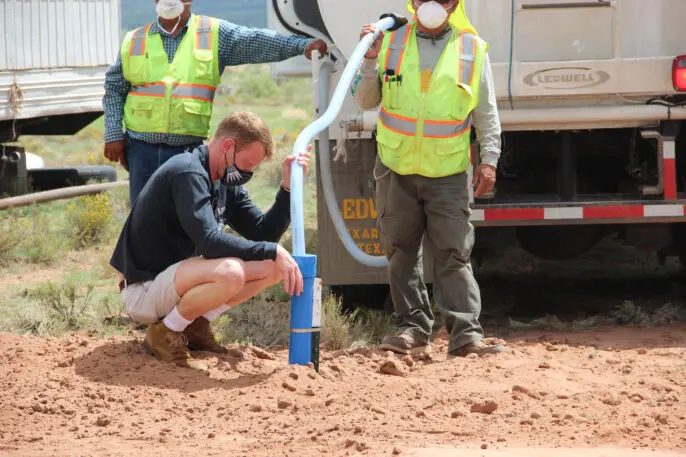
The research
“For the first time in U.S history, we’re going backwards in water access,” says McGraw. Today, the U.S. government spends only 14% of what it spent on water infrastructure in the 1970s. And even when it more fully funded water infrastructure, many communities—particularly those of color—never received an equal investment. “Race is the strongest indicator of whether or not you and your family are going to have water at home,” he says.
The nonprofit’s 2019 report was the first of its kind to expose the water gap, a term coined by DigDeep and the U.S. Water Alliance. Then, in a report published last June, the nonprofit calculated the gap in access to water costs. By closing the water and wastewater access gap, McGraw says the U.S. can generate more than $200 billion in economic value in the next 50 years. “We can have such a massive impact on inequality and injustice and racial divide,” he says. “Water is where it all starts.”
The Fix
The U.S. uses more water per capita than any other country in the world, but for millions of Americans, “their experience is so much more like someone living in South Sudan or Cameroon,” says McGraw.
But changing how water is managed is “the tricky layer,” says Sera Young, an associate professor of anthropology & global health at Northwestern University who has been working to quantify global experiences with water insecurity. “We have plenty of water in the U.S., but it’s not equally distributed,” says Young, who is also the Director of Water Insecurity at the university’s Center for Water Research and is not affiliated with DigDeep. “The basic stuff that we need, which is water and money, is [in the United States]. The question is making these invisible problems visible. And once we do that we can hold people accountable.”
Working on the ground on the Navajo Nation, Appalachia, and U.S.-Mexico border towns, DigDeep provides off-grid water systems to remote households and communities. For less remote communities, it partners with local utilities to do “last-mile” hookups that enable residents to connect to existing lines. On average, it costs approximately $5,500 to connect a family to water. DigDeep also navigates bureaucratic red tape when local communities have no advocate.
To do this, one of DigDeep’s key strategies is to embed members of the community in their teams. “Working with local communities and not parachuting in” is critical to the process, says Young. “Trust is a really important part of water security and it’s intangible.”

Appalachia
For a century, coal mines not only contaminated the water systems in states like West Virginia, but they also built whole communities using piping that dumped raw sewage directly into creeks, streams, and rivers. They were “essentially built to fail,” says Eddie George, a water and sanitation technician who works with DigDeep on the Appalachia Water Project. “It’s hard for me to say that. My father was a coal miner for 32 years. But you know, they come in, they get the mineral rights, they get what they want out of the land, and then they leave.” When mining companies left the region, large swaths of the population and funding disappeared. Local communities didn’t have the money to fix crumbling infrastructure and many residents didn’t have the money to leave.
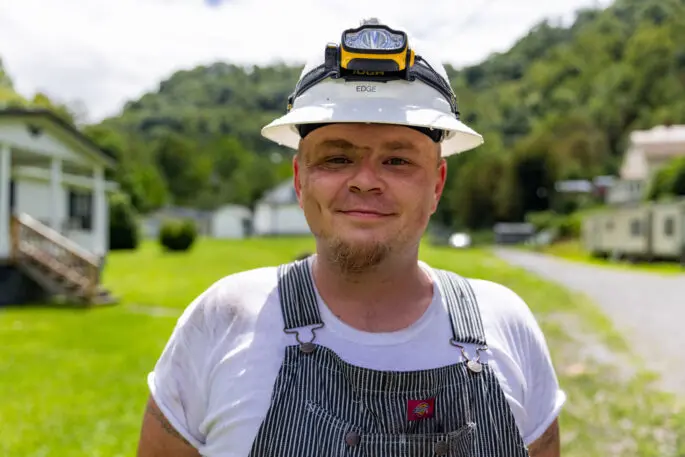
“We’ve only scratched the surface in the county,” says George, who grew up, at times, without running water in the community where he’s now working. During his two years with DigDeep, he’s partnered with McDowell County Public Service District to connect homes to existing water lines. “You’re looking at 50-plus years of neglect.” George has also installed off-grid systems for those in more remote areas of the region, including Runyon. “I cried. When I got the water in here and I turned it on. I mean, I just burst into tears,” Runyon says.
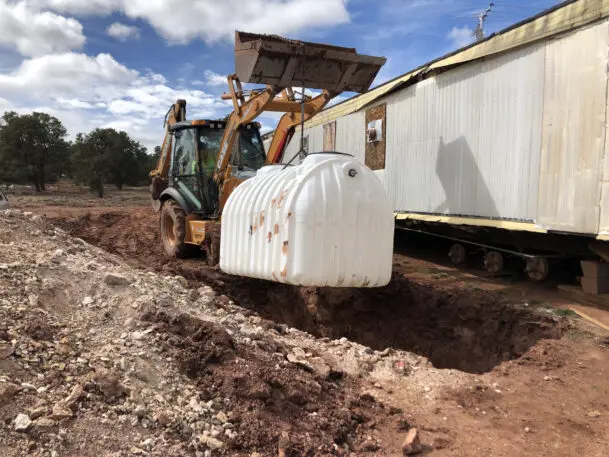
Navajo Nation
While one out of every 1,000 white households in the U.S. lacks indoor plumbing, 58 out of every 1,000 Native American households don’t have it, according to DigDeep’s 2019 report. Despite not having her own running water, Shanna Yazzie spends her days bringing water to others. Born and raised in the community, she’s a manager for DigDeep’s Navajo Mountain, one of three sites that are part of the larger Navajo Water Project, which has installed water systems in more than 300 homes. It also provides solar panels so families without electricity can run water system pumps.
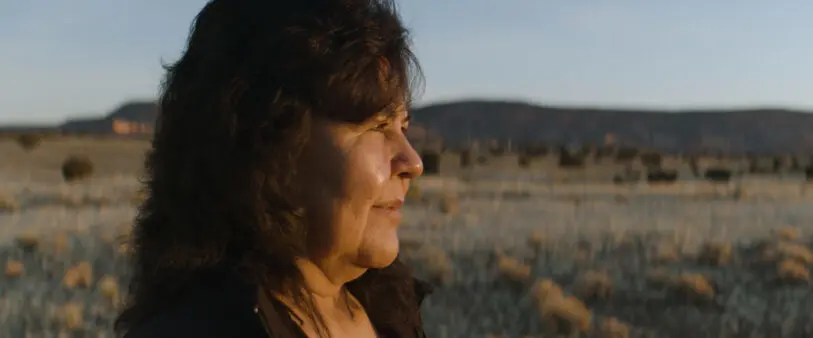
But for other homes, even if there are water lines nearby, it’s a challenge to get them connected. “We’re called the checkerboard area, which is a whole bunch of different maps that put together private land, BIA [Bureau of Indian Affairs], BLM [Bureau of Land Management] and state land, so we have to get approval from all these different individuals in order for us to run the water to one person,” says Cindy Howe, deputy director of the Navajo Water Project and a member of the Navajo Nation. Howe lives in New Mexico and grew up without water in her home. It can take decades for an individual to contact all the departments necessary to get their water lines connected. DigDeep is able to get the work done in just a few days.
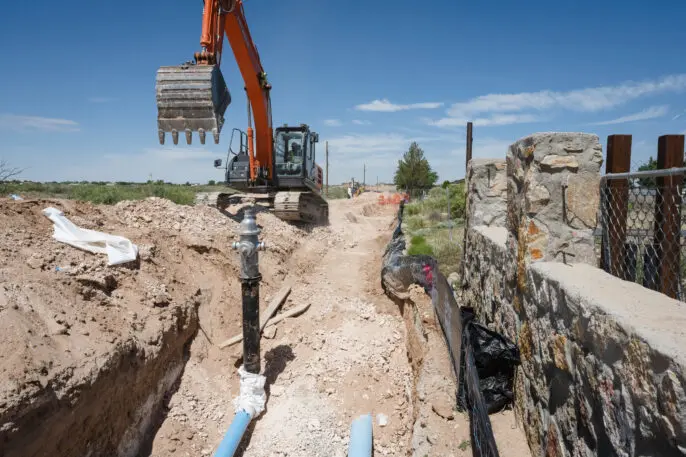
U.S.-Mexico border towns
Along the U.S.-Mexico border, 500,000 people live without water in more than 2,000 communities called colonias. Spanish for neighborhood, the colonias stretch from Texas to California. Left undeveloped, most colonias also have unpaved roads and no electricity. “I’m tempted to call them dirty developers,” says Kathryn Lucero of the business people who bought up the land in the 1980s and ‘90s and sold parcels to American and immigrant families.

The families “really just wanted a piece of the American dream they could afford,” and the developers took advantage of them, says Lucero who works for DigDeep near El Paso. Families built houses on the land they purchased; they were promised plumbing and water once each subdivision was filled. Decades later, still without running water, many families spend half their monthly income on bottled water. “They have been overlooked for many, many years,” says Lucero. While laws have recently been passed to prevent the sale of additional plots, Lucero says developers continue to find loopholes.
Many of these colonias are “donut-hole” communities, where piped water infrastructure is less than half a mile away; but there’s too much red tape for residents to fix the water gap on their own. DigDeep is navigating the bureaucracy for five colonias, including one in Dallas County, one of the oldest African American communities in Texas. And, just before Christmas, Lucero finished a pilot project in Corcoran, Texas; families that have been living without indoor plumbing for decades finally have running water.
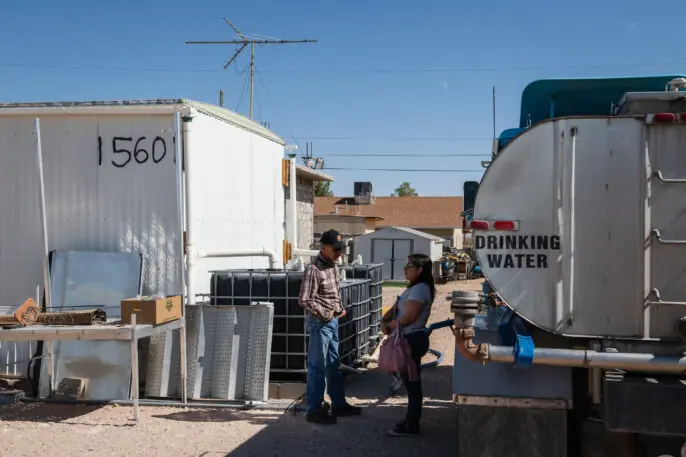
The future
With climate change, McGraw knows that the number of people in the U.S. without access to running water will continue to increase. “This is a huge problem . . . that all of us are going to have to face if we do nothing about it,” says McGraw. “It’s time to develop some really actionable programs.”
While the Infrastructure Bill passed last year doesn’t close the entire water gap, McGraw is both hopeful and skeptical. “This bipartisan law . . . is the single largest investment our nation has ever made in water,” he says. “Still, this $55 billion represents just a fraction of the overall need, and eliminating the water access gap is not an explicit goal of that legislation.” Eliminating the water access gap entirely, McGraw says, will require the federal government to step up with a more targeted investment. “There’s no reason a small nonprofit in Los Angeles should be the ones putting out this kind of research and developing these kinds of solutions. I’m happy we’re doing that . . . But in the end, this is the federal government’s problem to solve because it’s a problem that the federal government created.”
Recognize your brand’s excellence by applying to this year’s Brands That Matter Awards before the early-rate deadline, May 3.
